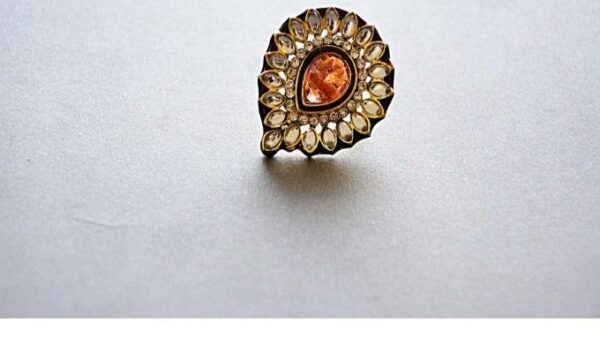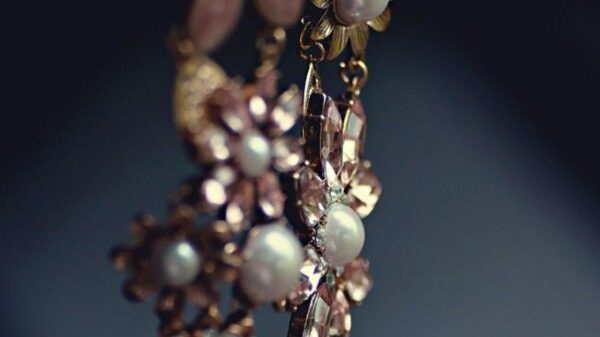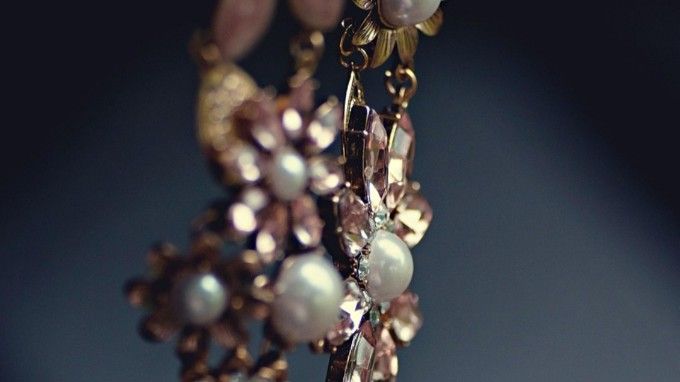Indian jewelry is deeply related with traditional as well as spiritual beliefs in our country and we can always spot this in traditional jewelry. When it comes to “Ancient Indian Traditions: Rituals Reflected in Handmade Jewellery Art”, jewelry can never hold the place of ‘mere ornamentation’ in India. In fact, it is one of the oldest and the greatest traditions because it has social symbolism and spirituality that is engrained in it. Each part of jewelry has a piece of antiquity attached to it like a divinity who was worshipped or a festival that was celebrated or if a cosmic force was appeased. There are certain forms of jewelry like a rukraksha bracelet that was passed on from generations.
What Does Traditional Jewelry Even Signify

When it comes to “Ancient Indian Traditions: Rituals Reflected in Handmade Jewellery Art”, our human body is seen as a slight microcosm of the universe. Jewelry was seen as wearing something godly or divine. Jewelry is meant to awaken the chakras of your body. For example, earrings were used to stimulate the energy channels of the brain. If a woman is wearing a nose ring, that signifies that she has good fertility and is capable of bearing many children, which used to be a great sign of womanhood in ancient times. Jewelry was meant to influence the mental, spiritual and physical well being of a person.
Different types of jewelry also had different annotations and meanings. For example, gold was considered to be a form of the Sun God and that it can make a person feel immortal. Gold was one of the oldest and most sacred forms of jewelry. In fact, in the Mauryan era, it was used heavily as temple jewelry. Silver was linked with God Chandra and it was meant to enhance feminine energy or calmness. It was also considered to be a symbol of the water deities like God Varuna.
Jewellery given at different points of Life
“Ancient Indian Traditions: Rituals Reflected in Handmade Jewellery Art” showcases that jewelry was often given during birth, puberty and even during adulthood and all the types of jewelry are different. For example, during the birth of a child, black bead bracelets were often given to the infant so that it does not get affected by any negative energy. Other than that, when a girl got her very first menstrual cycle, she was gifted with gold jewellery that celebrated her womanhood like a waist belt to suggest that she was growing up. The most important jewelry that was given during marriage was the mangalsutra which was a sacred necklace with black beads and it showcases happy, healthy matrimony forever. The mangalsutra is similar to a cosmic force that is guarding the marriage because it is said to keep the spouse of the wife healthy.
Regional Differences in Wearing Jewellery

In Kerala, during the festival of Onam, the kasu mala is a type of coin necklace which is offered to enhance prosperity in families as well as personal business. Therefore, it is often offered during the festival of Onam. Other than that, Rajasthan is known for its heavy silver jewelry that brings coolness to the body at the time of desert rituals. Toe rings are supposed to drive evil spirits away. Amulets and hairpins are supposed to get protection from good spirits. In Rajasthan, Kundan jewelry also started and became very popular because it showcased how delicate femininity can be. Women often adorned themselves with Kundan hairpins so that the good spirits can protect their household and drive away all kinds of negative energy.
Author
Shreeja Mukherjee


